Chemicals are added to food products in order to increase their appeal (color ingredients), reduce spoilage (preservatives), improve nutritional value (vitamins, minerals, and fiber), and improve taste (flavors and sweeteners). These additives are regulated by the FDA in the United States in order to ensure consumer safety. Similar agencies exist in other countries. ADMET modeling and PBPK simulations can be used to predict efficacy, safety, and exposure of these types of chemicals.

For example, suppose you are trying to develop a sweetness enhancer, i.e. a chemical that will make a small amount of sugar taste as sweet as a teaspoonful of sugar. The initial goal is to find modulators of the “sweet receptor” (a heteromeric complex consisting of T1R2/T1R3 class C GPCR receptors). The MedChem Studio module in ADMET Predictor can be used to analyze high throughput screening data to select candidates for hit-to-lead optimization and establish structure activity relationships (SAR). ADMET Modeler can be used to create classification (non-enhancer/enhancer) and regression (EC50) models.
Next, one can create virtual libraries around hit molecules or perform similarity searches of purchasable compounds to buy and test. These compounds can then be filtered for various ADMET properties e.g. solubility, toxicity, to prioritize synthesis of the virtual compounds or purchase of off-the-shelve compounds. Compounds with good EC50 values will be advanced to “swish and spit” in vivo testing to confirm that they are true sweetness enhancers. Compounds that show in vivo efficacy can be evaluated with GastroPlus in order to predict exposure. The “Additional Dosage Routes” module can be used to explore exposure via the oral cavity delivery model when developing candy or gum. Ideally, a sweetness enhancer will have low or no oral exposure in order to avoid toxicity.
In the U.S., cosmetics products and ingredients (other than color additives) do not have to go through FDA approval. However, they are regulations and laws that apply to cosmetics. For example, the European Union has established a ban on animal testing of cosmetics. This is a where in silico modeling and simulation can be used to evaluate toxicity (skin sensitization) and toxicokinetics (exposure of toxicants). The dermal route of administration in the “Additional Dosage Routes” module of GastroPlus can be used to evaluate dermal exposure of cosmetics.


